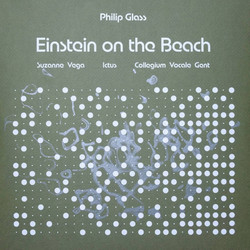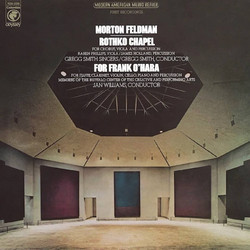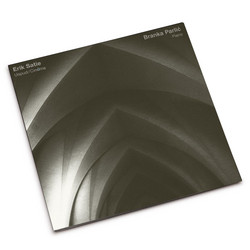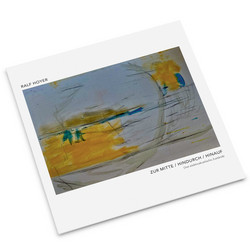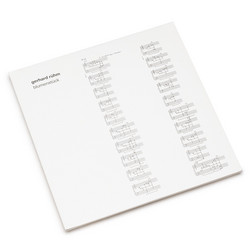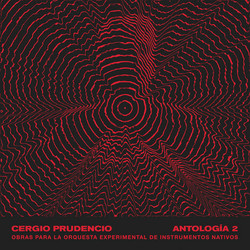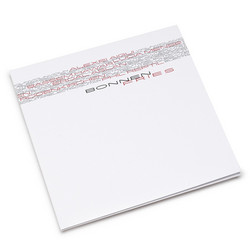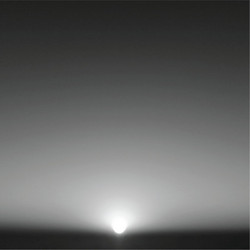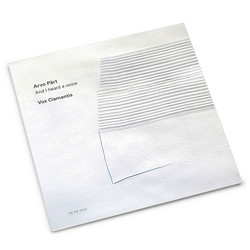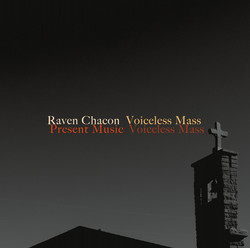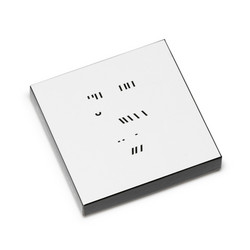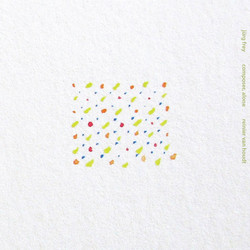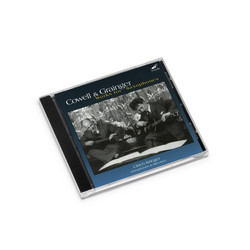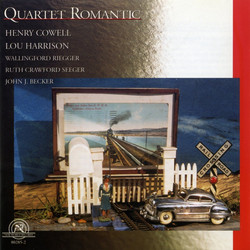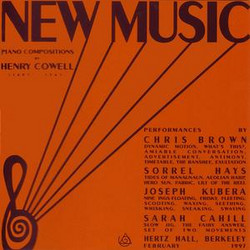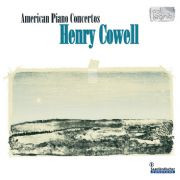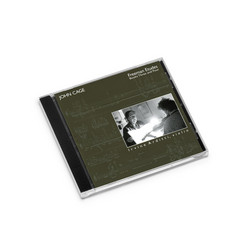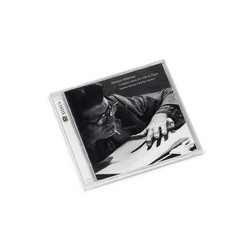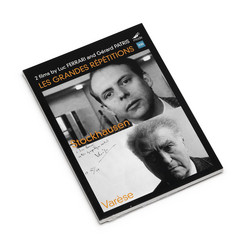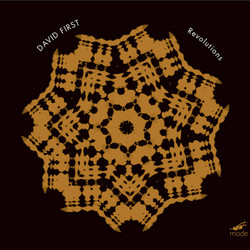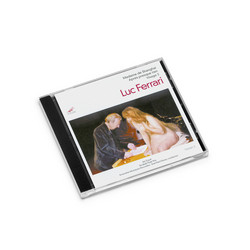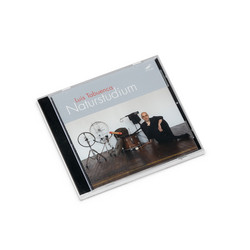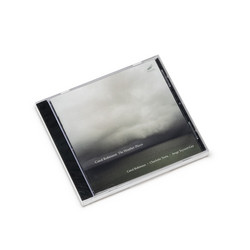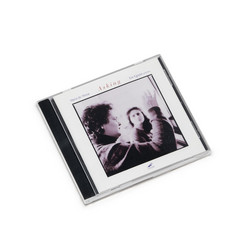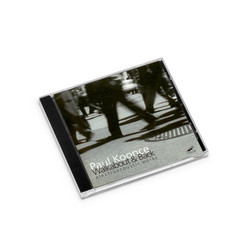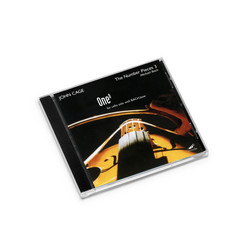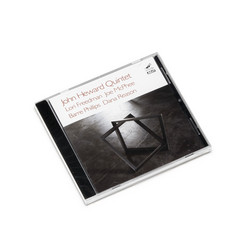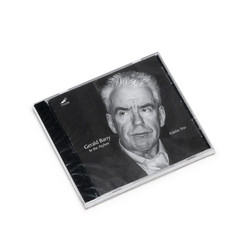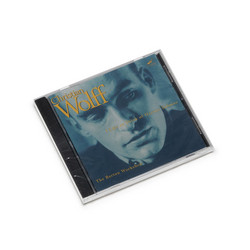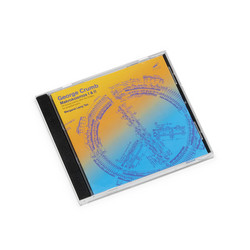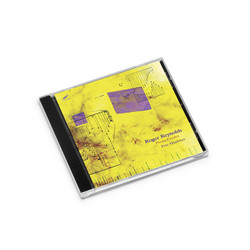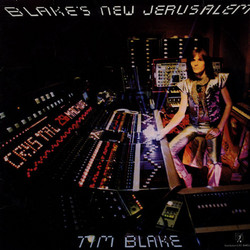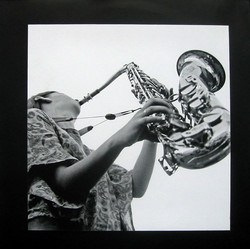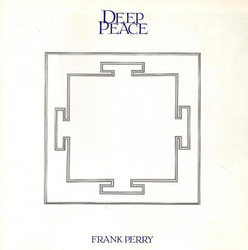Henry Dixon Cowell
Dancing With Henry: New Discoveries In The Music Of Henry Cowell
** 2021 Stock ** Some of the most revered compositions of the twentieth century arose from the collaboration of composers and choreographers. Henry Cowell sought solutions that would treat both art forms with equal respect. Works on this disc-the majority of which are recorded for the first time, many from unpublished manuscripts-were composed for Doris Humphrey, Charles Weidman (Dance of Sport), Bonnie Bird, and Martha Graham (Heroic Dance and Suite for Woodwind Quintet). Atlantis was envisioned as the prologue of a three-part drama on a libretto by Alice Pike Barney to be choreographed by Doris Humphrey. The three singers are treated as colorful instruments within the orchestral fabric, the singers enunciating only moans, wails, sighs, grunts, and squeals of ecstasy.
The three piano Ritournelles stem from a performance of Marriage at the Eiffel Tower (text by Jean Cocteau), choreographed and produced by Bonnie Bird at the Cornish School in Seattle in 1939. John Cage organized the music for Marriage on the model of Les Six’s 1921 collaboration in Paris, but in this case with only Les Trois: Cowell, George McKay of the University of Washington, and himself. Sound Form No. 1, a short quintet for woodwinds and percussion, was intended to accompany the 1937 article in the Dance Observer in which Cowell first proposed the use of elastic forms in the first place. The recording is completed by the delightful Reel No. 2 (1934), evoking Cowell’s Irish heritage, and by two pieces not specifically associated with dance: Four Combinations for Three Instruments (1924) and the Suite for Small Orchestra (1934). The title of Four Combinations refers to the work’s diverse scoring: violin and cello in movement 1, violin and piano in movement 2, cello and piano in movement 3, and all three instruments in movement 4. Both this composition and the compelling Suite for Small Orchestra show Cowell’s more serious side.
His use of dissonant counterpoint in these works may well reflect his studies with Charles Seeger, who pioneered this approach to polyphonic expression. Program notes are from noted musicologist, Cowell scholar and flutist Leta Miller, who also organized the project and repertoire.
